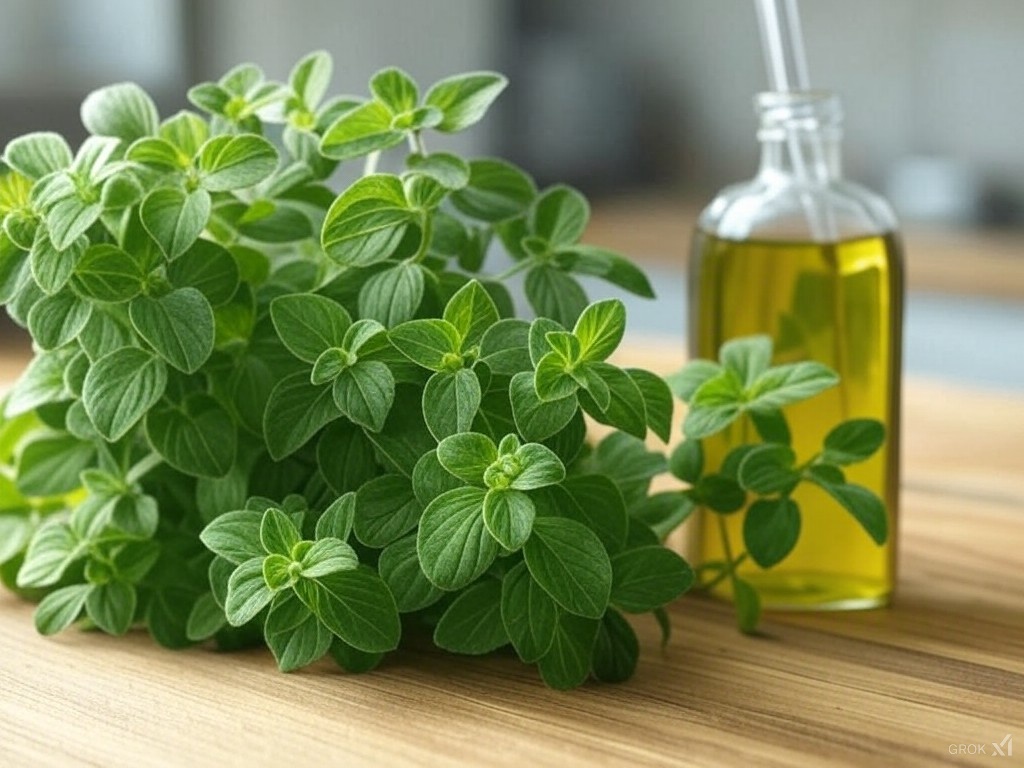
The WordPress hierarchy refers to the structure and organization of files and templates that WordPress uses to generate and display different types of content on a website. Understanding this hierarchy is crucial for developers and designers who want to customize the appearance and functionality of a WordPress site. Here’s a breakdown of the key components of the WordPress hierarchy:
1. Index.php
- Purpose: The main template file. It is the fallback template that WordPress uses if no other template files are found.
- Usage: Typically, it serves as the base template for the entire site.
2. Home.php
- Purpose: Used for the blog posts index page (the main page that displays the latest posts).
- Usage: If
home.phpis not present, WordPress will useindex.php.
3. Front-page.php
- Purpose: Used to display the front page of the site.
- Usage: This can be set in the WordPress admin under Settings > Reading. If
front-page.phpis not present, WordPress will usehome.phporindex.php.
4. Single.php
- Purpose: Used for displaying individual posts.
- Usage: If
single.phpis not present, WordPress will useindex.php.
5. Single-{post-type}.php
- Purpose: Used for displaying individual posts of a custom post type.
- Usage: For example,
single-product.phpwould be used for displaying individual products if you have a custom post type named “product”.
6. Page.php
- Purpose: Used for displaying individual pages.
- Usage: If
page.phpis not present, WordPress will usesingular.phporindex.php.
7. Page-{slug}.php
- Purpose: Used for displaying a specific page based on its slug.
- Usage: For example,
page-about.phpwould be used for the page with the slug “about”.
8. Page-{id}.php
- Purpose: Used for displaying a specific page based on its ID.
- Usage: For example,
page-4.phpwould be used for the page with the ID of 4.
9. Archive.php
- Purpose: Used for displaying archives of posts, such as categories, tags, and date-based archives.
- Usage: If
archive.phpis not present, WordPress will useindex.php.
10. Archive-{post-type}.php
- Purpose: Used for displaying archives of custom post types.
- Usage: For example,
archive-product.phpwould be used for displaying archives of the “product” custom post type.
11. Category.php
- Purpose: Used for displaying posts by category.
- Usage: If
category.phpis not present, WordPress will usearchive.phporindex.php.
12. Tag.php
- Purpose: Used for displaying posts by tag.
- Usage: If
tag.phpis not present, WordPress will usearchive.phporindex.php.
13. Author.php
- Purpose: Used for displaying posts by author.
- Usage: If
author.phpis not present, WordPress will usearchive.phporindex.php.
14. Date.php
- Purpose: Used for displaying posts by date.
- Usage: If
date.phpis not present, WordPress will usearchive.phporindex.php.
15. Search.php
- Purpose: Used for displaying search results.
- Usage: If
search.phpis not present, WordPress will useindex.php.
16. 404.php
- Purpose: Used for displaying the 404 error page (page not found).
- Usage: If
404.phpis not present, WordPress will useindex.php.
17. Comments.php
- Purpose: Used for displaying and managing comments on posts and pages.
- Usage: This file is included within other templates (like
single.phporpage.php) to display the comment section.
18. Attachment.php
- Purpose: Used for displaying individual attachments (media files).
- Usage: If
attachment.phpis not present, WordPress will usesingle.phporindex.php.
19. Image.php
- Purpose: Used for displaying individual image attachments.
- Usage: If
image.phpis not present, WordPress will useattachment.php,single.php, orindex.php.
20. Custom Templates
- Purpose: Custom templates can be created for specific pages or post types.
- Usage: These are defined in the WordPress admin under Page Attributes when editing a page.
Summary
The WordPress hierarchy allows for a high degree of customization by providing multiple template files that can be used to control the appearance of different types of content. By understanding and leveraging this hierarchy, developers can create highly tailored and responsive WordPress themes.







